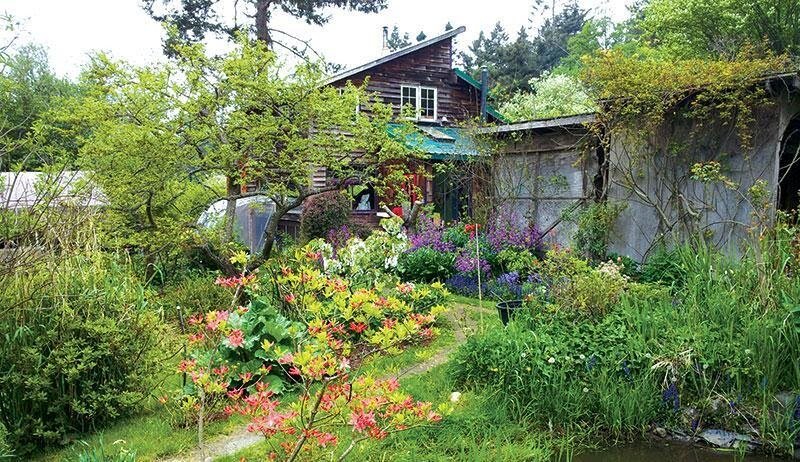Have you ever wondered how to make homemade jam that is both delicious and rewarding? Making your own jam is not only a satisfying culinary activity but also a wonderful way to preserve the flavors of your favorite fruits. In this guide, we will explore the art of jam-making, providing you with all the essential tips and techniques to create your own delightful homemade jam. Whether you’re a seasoned cook or a beginner, this guide is designed to help you succeed in your jam-making journey.

Understanding the Basics of Jam Making
Before we dive into the step-by-step process of making jam, it’s important to understand the basic components that make up this sweet preserve. Jam is typically made from fruit, sugar, and a gelling agent, such as pectin. The combination of these ingredients results in a thick, spreadable concoction that captures the essence of the fruit.
Choosing the Right Fruits
The first step in making homemade jam is selecting the right fruits. Almost any fruit can be used, but certain fruits are more commonly chosen due to their natural pectin content and flavor. Berries, such as strawberries, raspberries, and blueberries, are popular choices, as are stone fruits like peaches and apricots. When selecting fruits, opt for those that are ripe and fragrant.
Ripe and Seasonal Fruits
Using ripe and seasonal fruits ensures that your jam will have the best flavor. Seasonal fruits are often more affordable and environmentally friendly. Visit your local farmers’ market or consider growing your own fruits in your backyard. Starting a homestead garden can be a great way to have fresh fruits at your disposal.
Gathering Essential Ingredients and Equipment
Before you start making jam, gather all the necessary ingredients and equipment. You’ll need sugar, pectin, a large pot, a wooden spoon, and sterilized jars. Homesteading in your backyard can be an exciting way to have all these resources readily available.
The Role of Sugar
Sugar plays a crucial role in both the flavor and preservation of jam. It helps the jam set and acts as a preservative. Experiment with the sugar quantity to suit your taste, but remember that reducing sugar too much can affect the jam’s texture and shelf life. Fermenting foods at home can also be a great addition to your culinary journey.
Step-by-Step Jam Making Process
1. Preparing the Fruit
Wash and prepare the fruits by removing any stems, pits, or seeds. Cut them into small pieces for even cooking. You can mash some fruits lightly to release their juices.
2. Cooking the Jam
In a large pot, combine the prepared fruits with sugar and pectin. Bring the mixture to a boil over medium heat, stirring frequently. Once it reaches a rolling boil, continue cooking until it thickens, usually around 10-15 minutes.
3. Testing for Doneness
To test if the jam is ready, place a small spoonful on a chilled plate. If it wrinkles when pushed with your finger, it’s done. If not, continue cooking for a few more minutes and test again.
4. Jarring the Jam
Once the jam is ready, carefully ladle it into sterilized jars, leaving a little space at the top. Seal the jars with lids and process them in a boiling water bath for 5-10 minutes to ensure proper sealing.
Storing and Enjoying Your Homemade Jam
After processing, let the jars cool at room temperature. Store them in a cool, dark place, and your homemade jam should last for up to a year. Once opened, keep it refrigerated and consume within a few weeks.
Pairing Ideas
Homemade jam is incredibly versatile and can be enjoyed in numerous ways. Spread it on toast or scones, swirl it into yogurt, or use it as a filling for pastries. The possibilities are endless!

Frequently Asked Questions
1. Can I make jam without pectin?
Yes, you can make jam without pectin by cooking it longer to achieve the desired consistency. However, using pectin can help ensure a better set, especially for low-pectin fruits.
2. How can I tell if my jam is set?
To check if your jam is set, place a small spoonful on a chilled plate. If it wrinkles when you push it with your finger, it’s set. If not, continue cooking and test again.
3. What can I do with leftover jam?
Leftover jam can be used in various ways. Consider adding it to smoothies, baking it into muffins, or using it as a glaze for meats.
By understanding the art of how to make homemade jam, you can create delicious preserves that capture the essence of fresh fruits. For more backyard homesteading ideas, visit The Fun Sized Life. Happy jam-making!





